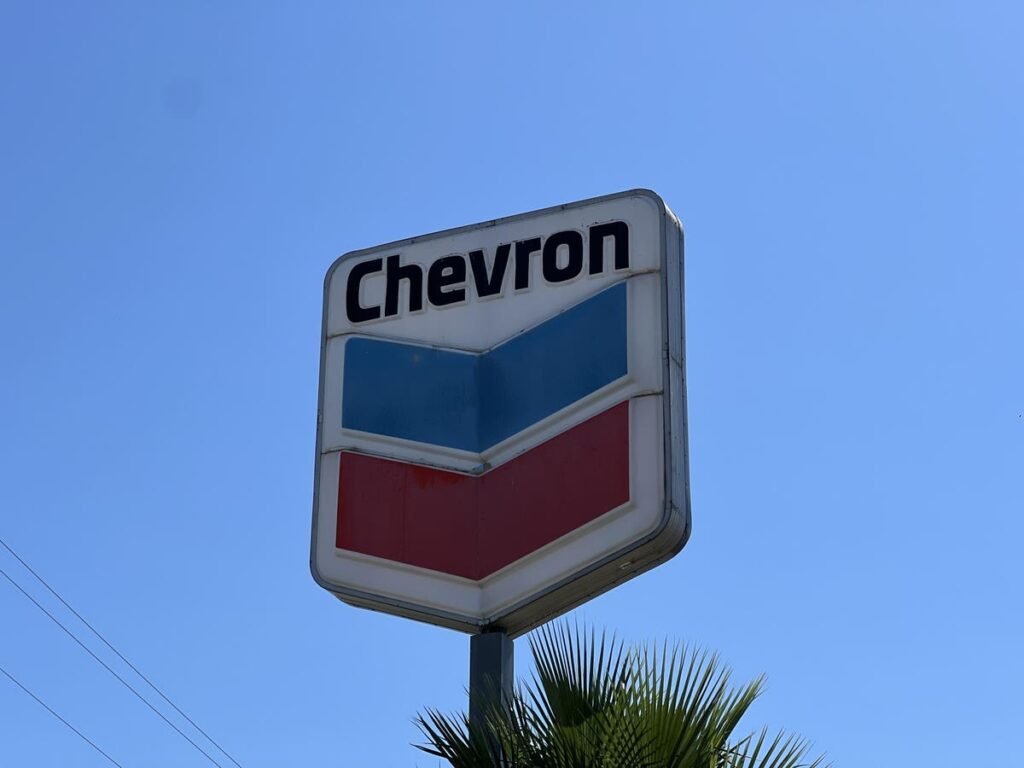Chevron Corporation is set to announce its fiscal second-quarter results on August 2, and analysts expect the company to outperform market expectations. Despite a relatively poor stock performance compared to its peer Exxon Mobil, Chevron has seen its stock price rise this year. However, investor concerns surrounding Chevron’s pending acquisition of Hess are likely impacting its stock performance. The acquisition would add substantial oil-equivalent production to Chevron’s portfolio, but there is a roadblock as Exxon believes it has the right to buy Hess out of a large energy project in Guyana if it sells itself to Chevron. This uncertainty is casting doubt on the Hess acquisition and impacting Chevron’s stock price.
Chevron operates a diversified business with exposure to the entire energy value chain, but oil prices remain a significant driver of its financial performance. Current supportive oil price trends, coupled with Chevron being among the lowest-cost producers, position the company to generate substantial cash even if oil prices trend lower in the future. With Brent crude oil at around $80 per barrel, Chevron is well-positioned to return capital to shareholders in the long term.
Although CVX stock has seen strong gains over the past few years, it has underperformed the S&P 500 in certain periods. Consistent outperformance of the market index has been challenging for individual stocks, including other heavyweights in the energy sector like Exxon Mobil and ConocoPhillips. However, the Trefis High-Quality Portfolio, consisting of 30 stocks, has consistently outperformed the S&P 500 over the same period, suggesting that a diversified portfolio may offer more consistent returns with less risk.
Trefis forecasts suggest that Chevron’s valuation is around $173 per share, which is 10% higher than the current market price. The company’s second-quarter revenues are expected to marginally surpass consensus estimates, driven by a rise in worldwide production in Q1. Chevron’s earnings per share are also projected to slightly beat consensus estimates in the second quarter, despite a decline in overall earnings compared to the previous year.
In the current macroeconomic environment with high oil prices and elevated interest rates, there is uncertainty about whether Chevron will outperform the S&P 500 over the next 12 months or face challenges as it did in 2023. However, with a strong performance in its U.S. upstream business and aggressive production ramp-up plans, Chevron may be well-positioned to meet or exceed market expectations in the near term. Investors can track Chevron’s performance and compare it to its peers using Trefis’ analysis tools for a comprehensive view of the company’s outlook.











